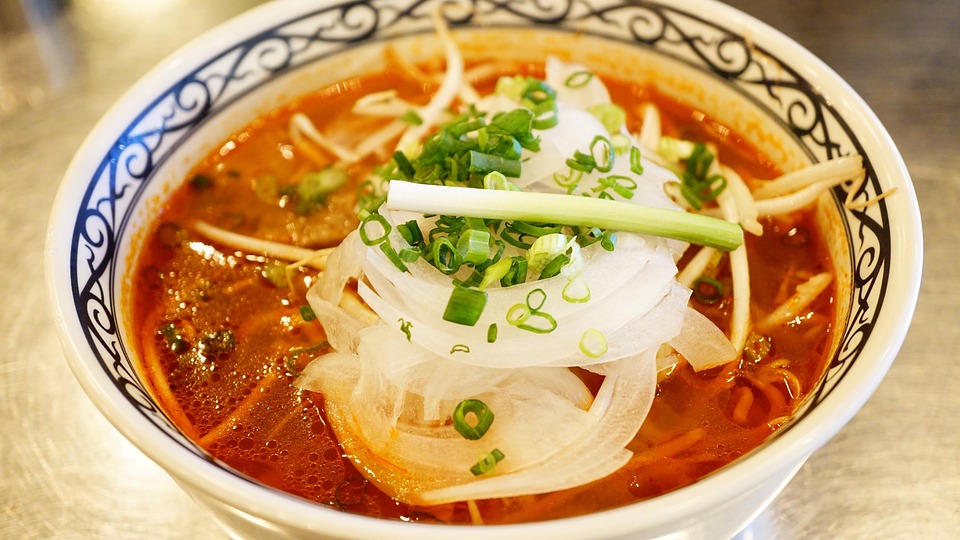Spices, those powerful little seeds, leaves, roots, and barks, have been fundamental to human culture and cuisine for centuries. While many spices are used for their aromatic qualities and preservation capabilities, it’s the spicy staples that often take center stage, igniting our taste buds and stimulating our senses. From the fiery heat of chili peppers to the bold flavor of curry, let’s embark on a journey through some of the world’s most vibrant and spicy ingredients.
The Heat of Chili Peppers
1. Jalapeño (Mexico)
One of the most beloved chili peppers, jalapeños are often the gateway spice for those looking to add heat to their dishes. Mildly spicy, with a Scoville rating of 2,500 to 8,000, jalapeños can be pickled, stuffed, or roasted to enhance their flavor. They are a staple in salsas and can elevate the simplest dishes with a moderate kick.
2. Bird’s Eye Chili (Southeast Asia)
Also known as Thai chili, these tiny peppers pack a serious punch, ranging from 50,000 to 100,000 on the Scoville scale. Used extensively in Southeast Asian cooking, bird’s eye chilis are essential in dishes like Thai curries and Vietnamese pho, where their intense heat complements other flavors.
The Boldness of Curry
3. Garam Masala (India)
Curry is not just one spice but a blend of various spices that often include black pepper, cardamom, cumin, and cloves. Garam masala, a staple in Indian cuisine, epitomizes the complexity of curry. This fragrant mix not only adds heat but enriches dishes with earthy undertones. Whether in a rich butter chicken or a warming dal, garam masala is a must-have for those looking to explore Indian flavors.
4. Berbere (Ethiopia)
Berbere is a fiery spice blend that forms the backbone of Ethiopian cuisine. Typically containing chili peppers, garlic, ginger, and an array of spices such as fenugreek and cinnamon, berbere adds an enticing warmth to traditional dishes like doro wat (spicy chicken stew). Its vibrant flavor profile is a testament to the rich culinary heritage of Ethiopia.
Cultural Icons of Spice
5. Szechuan Peppercorn (China)
Szechuan peppercorn is not a true pepper but rather the husk of the prickly ash tree. It imparts a unique numbing heat, often described as tingling. Common in Szechuan cuisine, it’s crucial in dishes like Kung Pao chicken and mapo tofu, where it creates a sensation that balances the fiery chili heat with a subtle floral note.
6. Harissa (North Africa)
This fiery paste originating from North Africa is made from roasted red peppers, garlic, and a mix of spices, including caraway and coriander. Harissa is versatile; it can spice up anything from stews to marinades and even yogurt. Its rich flavor and various heat levels make it a pillar in Tunisian, Moroccan, and Algerian cuisines.
The Global Influence of Spices
7. Hot Mustard (Japan)
Japanese hot mustard, also known as karashi, offers a distinct pungency that awakens the palate. Often served with sushi or sashimi, it’s a great alternative for those who might find chili peppers too fiery. Its sharpness is a perfect complement to rich, fatty fish, cutting through the richness with its bold flavor.
8. Chili Oil (Various Countries)
From Italian arrabbiata to Chinese chili oil, this condiment is a universal expression of heat and flavor. Made by infusing oil with dried chili flakes, garlic, and other spices, chili oil can elevate everything from pasta to dumplings. Each culture has its own twist, showcasing the versatile appeal of chili-infused oils.
Conclusion: A World of Spice
The exploration of spicy staples across global cuisines reveals that heat is not just about intensity but also about depth and complexity. These bold flavors have the power to transform basic ingredients into memorable culinary creations, bridging cultures and inviting diners to experience a spectrum of sensations.
Whether you’re a seasoned heat seeker or a curious beginner, embracing these spicy staples can open up a world of flavor and excitement. So next time you’re cooking, don’t shy away from the heat—bring on the spice, and let your taste buds travel the globe!



